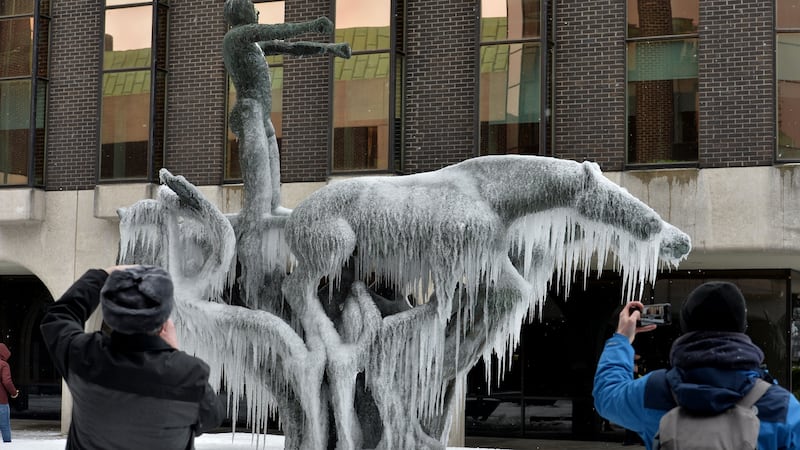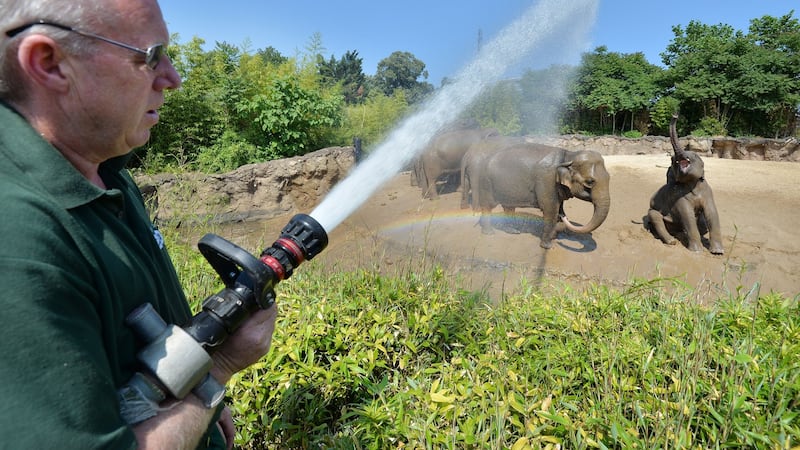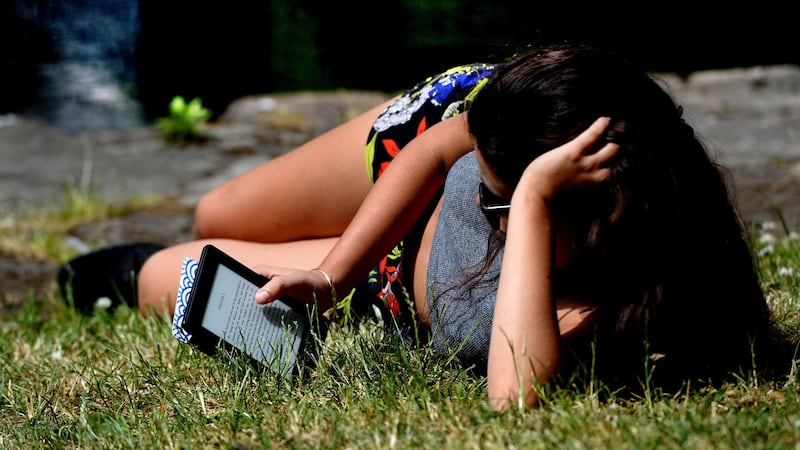This year will be remembered as one where the weather made its forceful presence felt in Irish people’s lives in a way Met Éireann says will increasingly become the norm.
In 2018 people’s lives were disrupted by snow, heat, and drought.
The highest temperature this year is likely to be the blistering 32 degrees recorded at the Met Éireann station in Shannon, Co Clare, in June, the highest temperature in more than 40 years.
It came close to the highest temperature recorded in Ireland, 33.3 degrees at Kilkenny Castle, on June 26th, 1887.

At the other extreme, the lowest temperature to date this year was -7 degrees recorded on March 1st at Cork Airport.
The variance from the coldest day of the year in March and the warmest in June was 39 degrees.
While the heavy snow and heatwaves this year did not set new temperature records, 2018 was an example of the increasing disruption to people’s lives that climatologists say we are set to experience more frequently due to global warming.
The heavy snow in March saw Taoiseach Leo Varadkar express concern it could be life threatening for elderly and vulnerable people.
Warnings
Storm Emma brought snow accumulations of up 30cms and over the following days up to 60cms was recorded in parts of the Wicklow mountains.
These were the highest accumulations of snow since January 1982. The impact was dramatic with schools and workplaces shut for days and workers told not to turn up for work. In Dublin hotel staff slept on hotel floors. On March 1st with a Met Éireann “status red warning” in place across the whole country the National Emergency Coordination Group has told people to stay indoors from 4pm today until at least noon the following day. Schools and businesses were closed and even as Storm Emma arrived from the west, the “Beast from the East” also arrived bringing even further snow. Many upland areas including Roundwood in Co Wicklow were completely cut off for days while farmers suffered extreme difficulty getting fodder to cattle and sheep.
Three months later, in June, concern was being expressed about people suffering from heat stroke.

Mayo County Council reported road surface temperatures of 44 degrees in late June and sent out gritters as melting tar was making the roads dangerous.
Clare County Council reported road surface temperature in excess of 56 degrees and said some roads might have to be closed.
By the end of that month motorists in the midlands were being discommoded by an unusual event, road closures due to melting roads between Rathangan and Clonbullogue in Co Offaly.
Wicklow County Council said its fire service attended 42 gorse, forest, and wild-land fires. Some had been serious enough to require the closure of mountain roads due to smoke. There were even appeals from Inland Fisheries Ireland to be on the look-out for fish in distress due to the hot weather.
Hosepipe ban
The heatwave quickly forced Irish Water to impose a hosepipe ban in the Dublin area on July 2nd. This was extended across the country on July 6th as the drought continued. The effect on farming was severe with farmers again struggling to keep animals alive as rivers and streams and farm wells dried up, threatening farmers’ livelihoods.
Met Éireann said large blocking high pressure systems which kept the north Atlantic jet stream to the north of Ireland were the dominant feature of the summer. Storm Hector was a brief interruption on June 24th but high pressure to the north stretching from the Azores to Scandinavia between the June 21st and the July 14th had us sweltering again.

While conditions cooled down in August as a weak jet stream moved south over Ireland, and showers returned. The hosepipe ban remained in place in parts of the country until September 25th while some rivers and lakes did not fully recover until October.
However water levels were still low and the RNLI Lough Ree lifeboat reported an increase in the numbers of boats going aground on the lake. November was slightly wetter than average, restoring the water levels somewhat. But in terms of what next, the year is not over yet.














